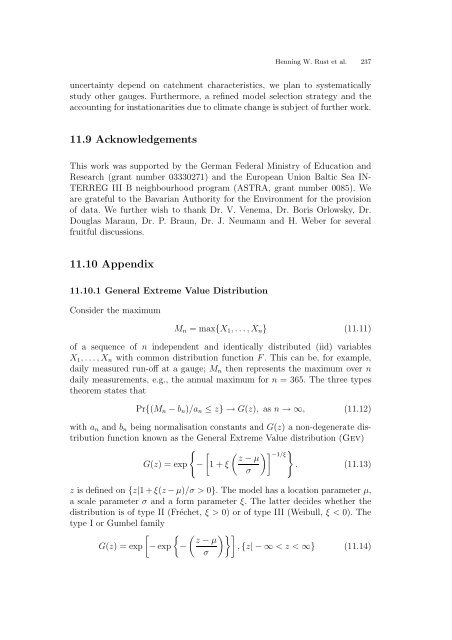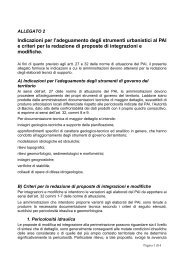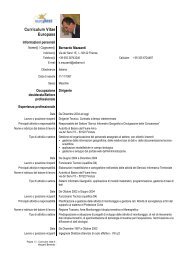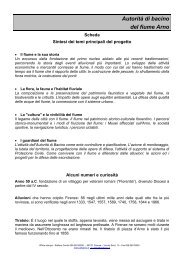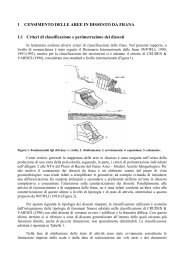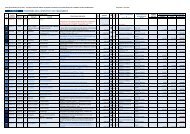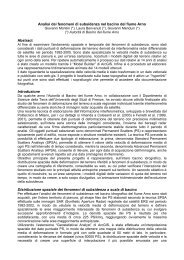11. Confidence Intervals for Flood Return Level Estimates assuming ...
11. Confidence Intervals for Flood Return Level Estimates assuming ...
11. Confidence Intervals for Flood Return Level Estimates assuming ...
Create successful ePaper yourself
Turn your PDF publications into a flip-book with our unique Google optimized e-Paper software.
Henning W. Rust et al. 237uncertainty depend on catchment characteristics, we plan to systematicallystudy other gauges. Furthermore, a refined model selection strategy and theaccounting <strong>for</strong> instationarities due to climate change is subject of further work.<strong>11.</strong>9 AcknowledgementsThis work was supported by the German Federal Ministry of Education andResearch (grant number 03330271) and the European Union Baltic Sea IN-TERREG III B neighbourhood program (ASTRA, grant number 0085). Weare grateful to the Bavarian Authority <strong>for</strong> the Environment <strong>for</strong> the provisionof data. We further wish to thank Dr. V. Venema, Dr. Boris Orlowsky, Dr.Douglas Maraun, Dr. P. Braun, Dr. J. Neumann and H. Weber <strong>for</strong> severalfruitful discussions.<strong>11.</strong>10 Appendix<strong>11.</strong>10.1 General Extreme Value DistributionConsider the maximumM n = max{X 1 , . . .,X n } (<strong>11.</strong>11)of a sequence of n independent and identically distributed (iid) variablesX 1 , . . .,X n with common distribution function F. This can be, <strong>for</strong> example,daily measured run-off at a gauge; M n then represents the maximum over ndaily measurements, e.g., the annual maximum <strong>for</strong> n = 365. The three typestheorem states thatPr{(M n − b n )/a n ≤ z} → G(z), as n → ∞, (<strong>11.</strong>12)with a n and b n being normalisation constants and G(z) a non-degenerate distributionfunction known as the General Extreme Value distribution (Gev){ [ ( )] } −1/ξ z − µG(z) = exp − 1 + ξ. (<strong>11.</strong>13)σz is defined on {z|1+ξ(z −µ)/σ > 0}. The model has a location parameter µ,a scale parameter σ and a <strong>for</strong>m parameter ξ. The latter decides whether thedistribution is of type II (Fréchet, ξ > 0) or of type III (Weibull, ξ < 0). Thetype I or Gumbel familyG(z) = exp[− exp{−( z − µσ)}], {z| − ∞ < z < ∞} (<strong>11.</strong>14)


